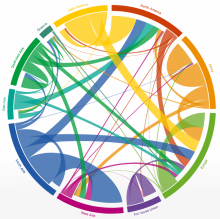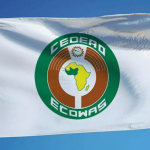Joint International Economics - UNU-CRIS Breakfast Seminar by Glenn Rayp on A Distance Puzzle in Migration?

In the gravity model of international trade, the distance puzzle, defined as an unrealistic high impact of a border on bilateral trade and the absence of a negative trend in the impact of distance, is solved by controlling for multilateral resistance to trade and extending the model to internal flows of goods and services (flows ‘with self’). In this framework, based on the underlying theoretical framework of international trade, multilateral resistance to trade is usually captured by origin-year and destination-year fixed effects. In the gravity model of international migration, controlling for multilateral resistance, though equally required, is less straightforward because multilateral resistance has only the same convenient form as in international trade under strict assumptions. In addition, including internal flows in the model to capture the falling impact of distance on international migration, is complicated by the absence of one common and homogeneous data source for international and intra-national flows. This compels to use empirical proxies prone with measurement error for internal mobility. Overall, controlling for multilateral resistance in a similar manner as in trade and allowing for internal migration does not result in a negative trend in the impact of distance on migration.
We verify to what extent this conclusion in the literature is affected by function specification, variable omission and measurement error. First, we reduce the measurement error by using homogeneous and comparable data for intra national and international gross migration flows based on the Gallup World Polls. Second, we extend the control for multilateral resistance by going beyond the inclusion for origin-year and destination-year fixed effects and evaluate the model validity by means of tests on cross sectional independence of the error term. Third, to control for omitted variable bias, we define international distance in a more comprehensive manner by including the cultural component of distance.
This is a closed event. For further information, please contact Ruben Dewitte (RubenL.Dewitte@UGent.be) and Pascale Vantorre in cc (pvantorre@cris.unu.edu).
Upcoming Events
Similar Events
No events found.

